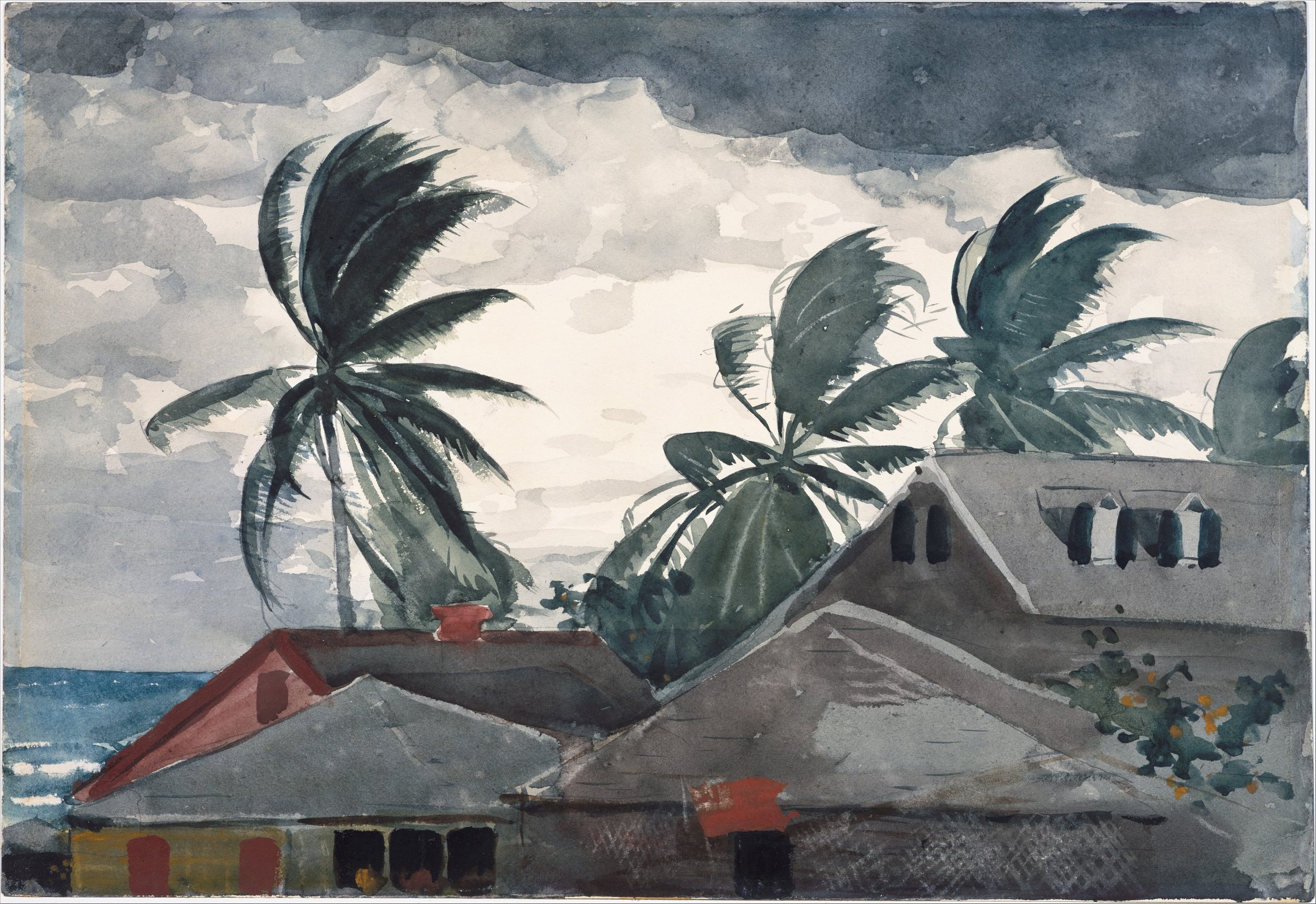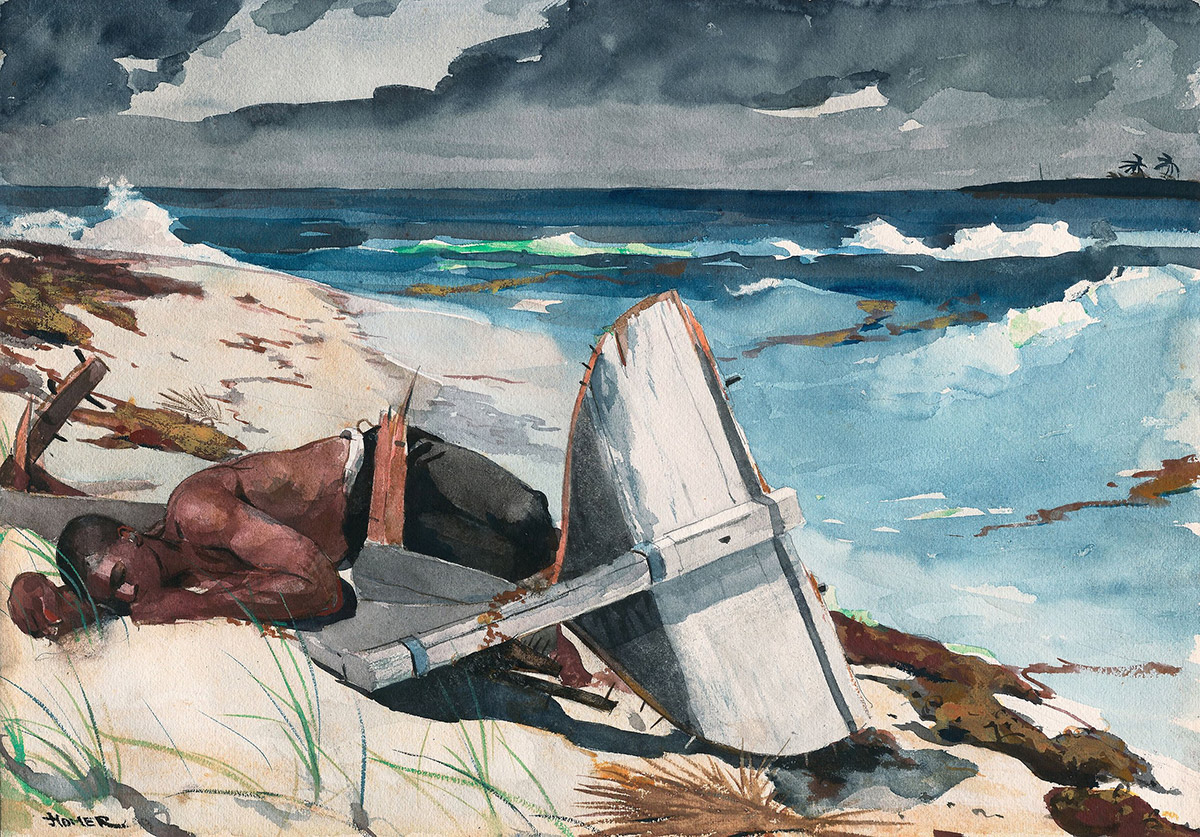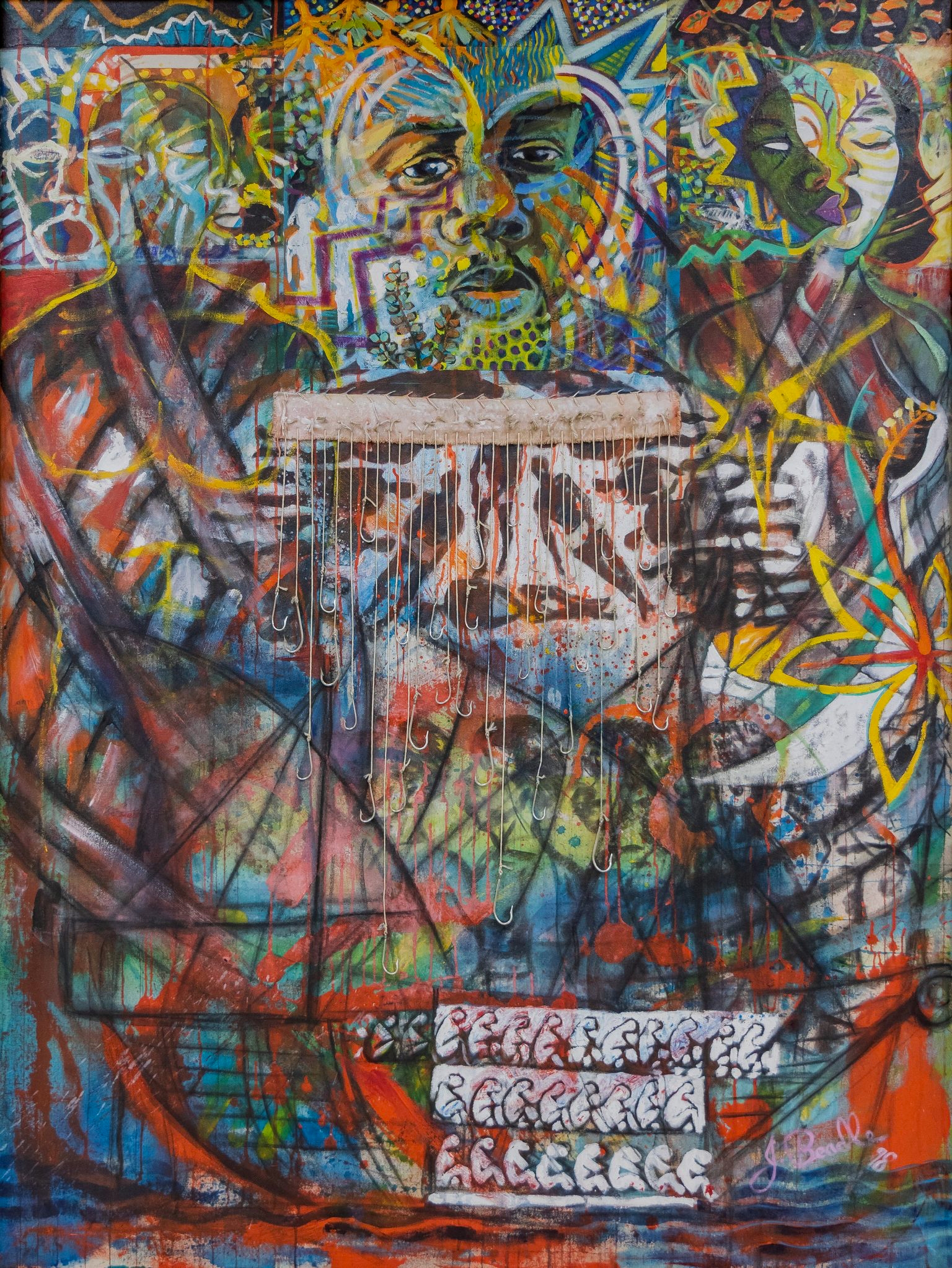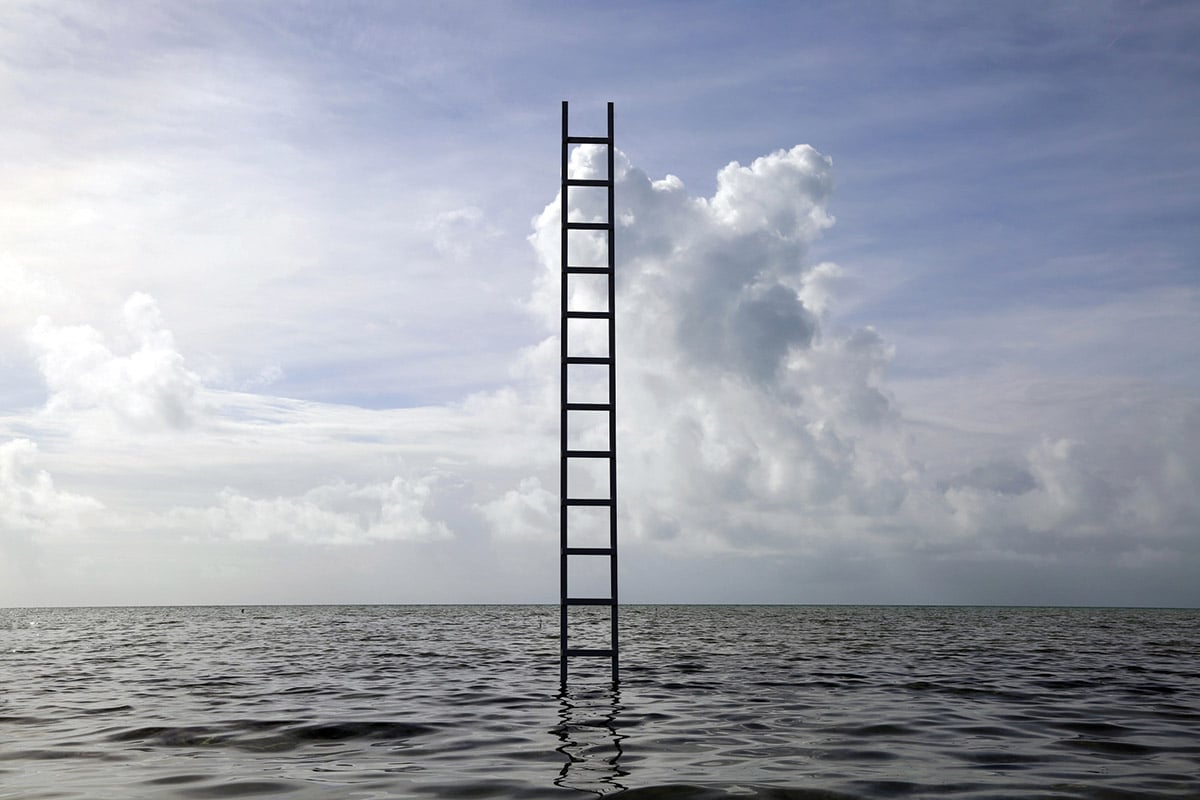Traditional Knowledge Living in the Tropics: Respecting Lifeways

As Dorian’s wake remains with us, do we have time to consider the indigenous, traditional knowledge of the Abacos? Abaco, similar to Inagua and Crooked Island in the south, and even Bimini in the North, has dealt with its share of natural disasters and man-made shocks. Its people are deeply connected to their lifeways and arts.
Boat building, home building, fishing, and knowing and adapting to the ways of the islands have made Abaconians a formidable people as they adapt and live in their environments. Yet little is written about this in the national discourse of Bahamianness. Each of the islands and settlements, even within the tightly knit groups, is unique and holds a craft and knowledge that they own for themselves. There are elders in these communities who hold much of the traditional knowledge deep within them and pass it on through lessons and communal sharing.

Abaco and Abaconians hold deep knowledge that has flowed from Loyalist populations who relocated to The Bahamas from the Carolinas and Virginia after the American War of Independence in 1776 because they were loyal to the English crown. As history goes, many of them were granted land on these islands and they began lives as farmers and fishermen. The various settlements on Spanish Wells, Eleuthera, Harbour Island, Abaco and its cays are early Bahamian developments or creolized cultural spaces.
These folks know a thing or two about living on, from, and with the sea. They built and build boats and fishpots, along with strong tongue and groove homes and other things. We know that these homes have withstood storms in the past and have also been repaired when needed. We also know that these homes and boats were able to move with the winds. Today, these homes may need to be adapted to the impact of climate change and sea-level rise, which are all related to global warming and man-made environmental destruction.
Many Abaconians are some of the wisest people and are deeply in touch with their homes and spaces. We need to listen to their lessons of wisdom and experience. Recovery, mitigation and adaptation are based on their best practices laced with indigenous knowledge from lived experience and ancestral links. These are lifeways that must be respected.
In Cecelia Walsh-Russo’s work “Cities, Climate Adaptation Planning and Climate Justice: The case of San Juan, Puerto Rico” (2018) we see the need for best practices but also cooperation. She points out that the limited impact climate planning may have in moving political elites and other decision-makers towards transforming inequality. As the case of Puerto Rico and Hurricane Maria indicate responsible, equitably-focused and ‘justice centered’ approaches to climate planning may not be enough to fully transform adaptation planning into sustainable public policies.
Drawing on the case of Ragged Island, some people wanted to know: who cares about Ragged Island?, in this context, millions of people care. A few people are deeply interested in moving the population off and creating more climate refugees through green gentrification. Yet, art is indigenous and popular. We have a great deal of popular art that is based in our communities in the ways we live. International organizations are chomping at the bit to get in and redesign our islands, notwithstanding their resident populations.
Government has not been very helpful in staving off this attack, as they close clinics, schools, and make declarations that render more people climate refugees, their policies have done little and are currently unresponsive to the serious challenges in climate change.
In other populations also under threat, as in the case of Antigua and Barbuda exhibiting at the 2019 Venice Biennale and Barbuda at the architectural biennale with their Environmental Justice as a Civil Right, Caribbean people are also speaking up. The challenge is: how do communities united to create art that gets to these international events?
Abaco and Abaconians hold deep knowledge that has flowed from Loyalist populations who relocated to The Bahamas from the Carolinas and Virginia after the American War of Independence in 1776 because they were loyal to the English crown. As history goes, many of them were granted land on these islands and they began lives as farmers and fishermen. The various settlements on Spanish Wells, Eleuthera, Harbour Island, Abaco and its cays are early Bahamian developments or creolized cultural spaces.
These folks know a thing or two about living on, from, and with the sea. They built and build boats and fishpots, along with strong tongue and groove homes and other things. We know that these homes have withstood storms in the past and have also been repaired when needed. We also know that these homes and boats were able to move with the winds. Today, these homes may need to be adapted to the impact of climate change and sea-level rise, which are all related to global warming and man-made environmental destruction.
Many Abaconians are some of the wisest people and are deeply in touch with their homes and spaces. We need to listen to their lessons of wisdom and experience. Recovery, mitigation and adaptation are based on their best practices laced with indigenous knowledge from lived experience and ancestral links. These are lifeways that must be respected.
In Cecelia Walsh-Russo’s work “Cities, Climate Adaptation Planning and Climate Justice: The case of San Juan, Puerto Rico” (2018) we see the need for best practices but also cooperation. She points out that the limited impact climate planning may have in moving political elites and other decision-makers towards transforming inequality. As the case of Puerto Rico and Hurricane Maria indicate responsible, equitably-focused and ‘justice centered’ approaches to climate planning may not be enough to fully transform adaptation planning into sustainable public policies.
Drawing on the case of Ragged Island, some people wanted to know: who cares about Ragged Island?, in this context, millions of people care. A few people are deeply interested in moving the population off and creating more climate refugees through green gentrification. Yet, art is indigenous and popular. We have a great deal of popular art that is based in our communities in the ways we live. International organizations are chomping at the bit to get in and redesign our islands, notwithstanding their resident populations.
Government has not been very helpful in staving off this attack, as they close clinics, schools, and make declarations that render more people climate refugees, their policies have done little and are currently unresponsive to the serious challenges in climate change.
In other populations also under threat, as in the case of Antigua and Barbuda exhibiting at the 2019 Venice Biennale and Barbuda at the architectural biennale with their Environmental Justice as a Civil Right, Caribbean people are also speaking up. The challenge is: how do communities united to create art that gets to these international events?

Well, despite Bahamians’ refusals to see the uniqueness in our islands and our uniqueness for living here, the islands and their communities hold wealthy lived experiences that can speak to climate change. Sadly, the government has remained in the dark ages when it comes to redesigning for life.
Lifeways, foodways, and artways, are not valued by those neoliberal policies and tax-seeking behaviors that have empowered green gentrification in the tropics. Art provides a valuable lesson in how to stop, look, feel, taste, smell, and experience to understand. As London moves people out of the city to create space for the uber-rich in the world to invest, who then kill those communities through homes occupied once every 6 months, the need for new responses to climate change and man-made disasters is clear.
We now need to take this conversation out of the shadows and show who really cares about Ragged Island, Grand Bahama, and Abaco. Our limited thinking is far too restricted for people occupying coastal communities in the time of sea-level rise and increased hurricane frequency and ferocity. The storms in Winslow Homer’s work are now things of the past, though 1926, 1928, and 1935 dealt similar devastation: the climate has changed and we are in danger.
We now need to create dangerously along the lines of Edwidge Danticat to produce sustainable models of living in the tropics. And oh, yes, please try to consult with old folks and “uneducated” artisans who have lived and created for centuries in this place of great beauty; we know how deceptive beauty is.
Our knowledge is for everyday use and has the value of millenia of movement and adaptation. As the Prime Minister of Barbados, Hon. Mia Amor Mottley, declared in her Raúl Prebisch Lecture at UNCTAD in Geneva on September 10, 2019 (the first Caribbean leader to have ever had the honour of making such an address) ‘Humanity has no choice’. There is an art to living in the tropics, and a part of that art is knowing who we are and where we live, and living according to those tenets.


